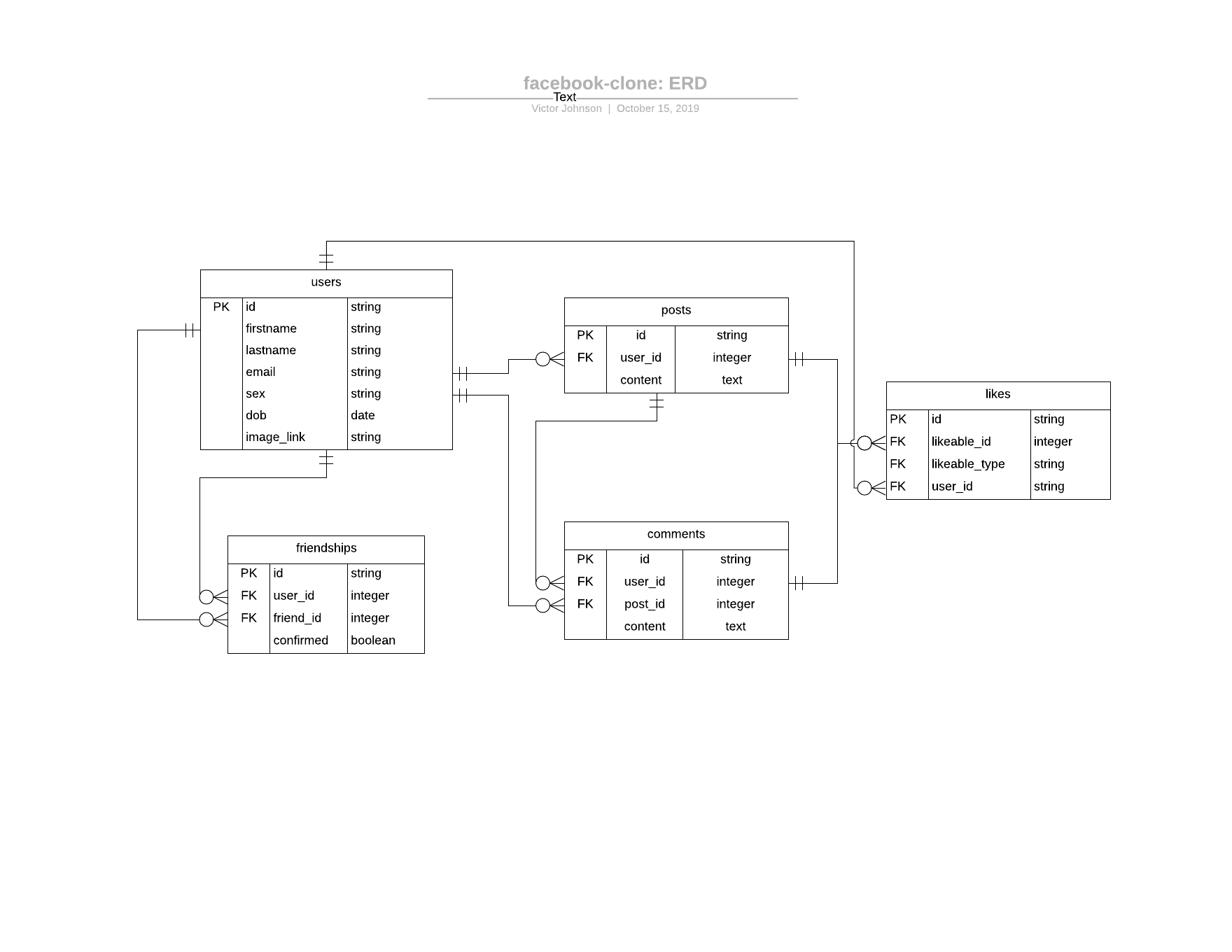This project is a minimal implementation of a social networking app that clones the core features of facebook. The word Nzuko is a local name meaning gathering. Visit the Live Url .
It explores functionalities like:
- Create new account
- Writing posts and comments (text only)
- Liking posts and comments
- Sending / accepting / canceling friend requests
- Notifications for new friend request.
- User authentication using
Deviseand OAuth (omniauth-facebook) - User authorization for posts and comments
- Profile management is minimal but will be extended
- Real-time news feed
- Real-time notifications - from new posts, friend request and ads
- Instant Messaging
- Sharing and Tagging of posts
- Support for multimedia content - videos, images and more
- Additional social login - google, instagram
- Ruby 2.4.0
- Rails 5.2.3
- PostgreSQL
- Cucumber & Capybara (Integration tests)
- RSpec (Unit test)
- Devise / Omniauth-facebook (authentication)
- Bootstrap (UI)
- Guard / Figaro
- FactoryBot (FactoryGirl) / Faker
git clone https://github.com/johnsonsirv/facebook-clone.git
in your terminal run
rake db:setup
rake db:migrate db:test:prepare
in your terminal run
cucumber features
in your terminal run
rspec spec
on your terminal run
rails server
Visit localhost://3000
- Github: @johnsonsirv
- Twitter: @vokeugo
- Email: okeugo.victor.c@gmail.com
- Fork it (https://github.com/johnsonsirv/facebook-clone/fork)
- Create your feature branch (git checkout -b feature/[choose-a-name])
- Commit your changes (git commit -m 'What this commit will fix/add')
- Push to the branch (git push origin feature/[chosen name])
- Create a new Pull Request
You can also create issues





